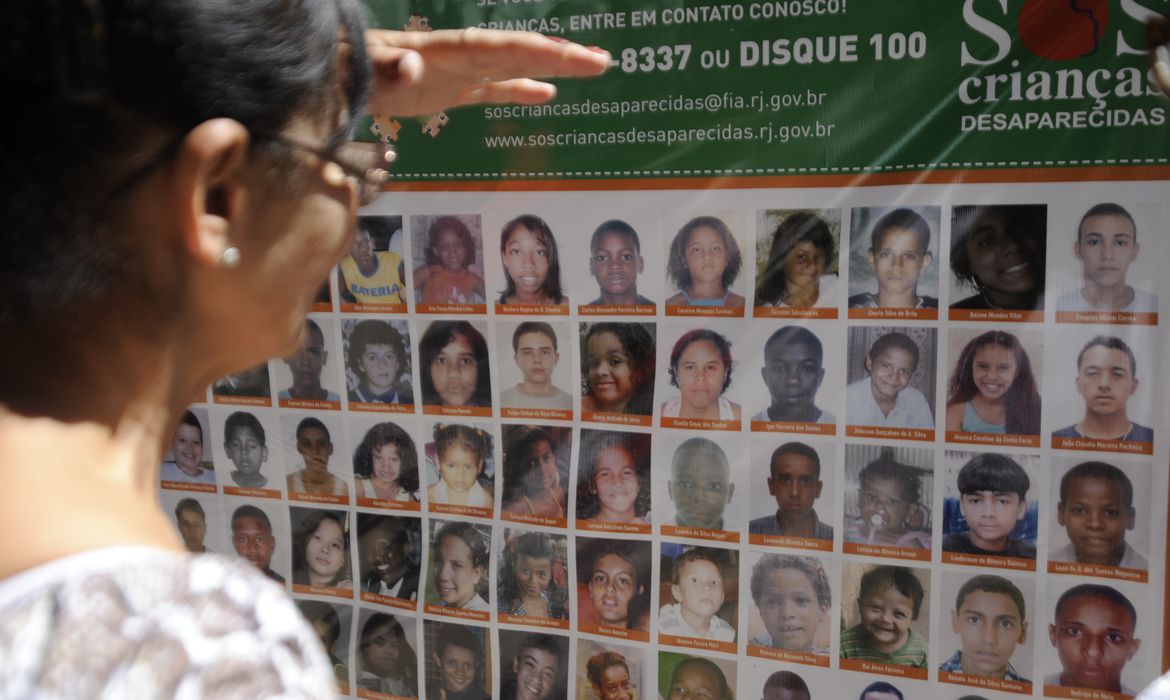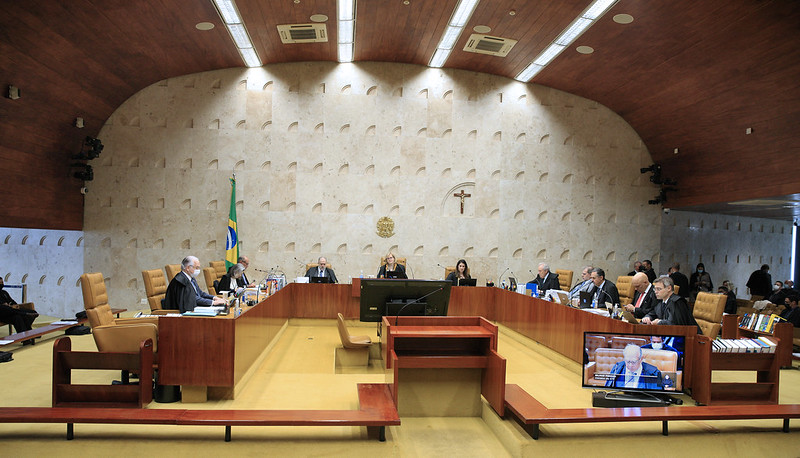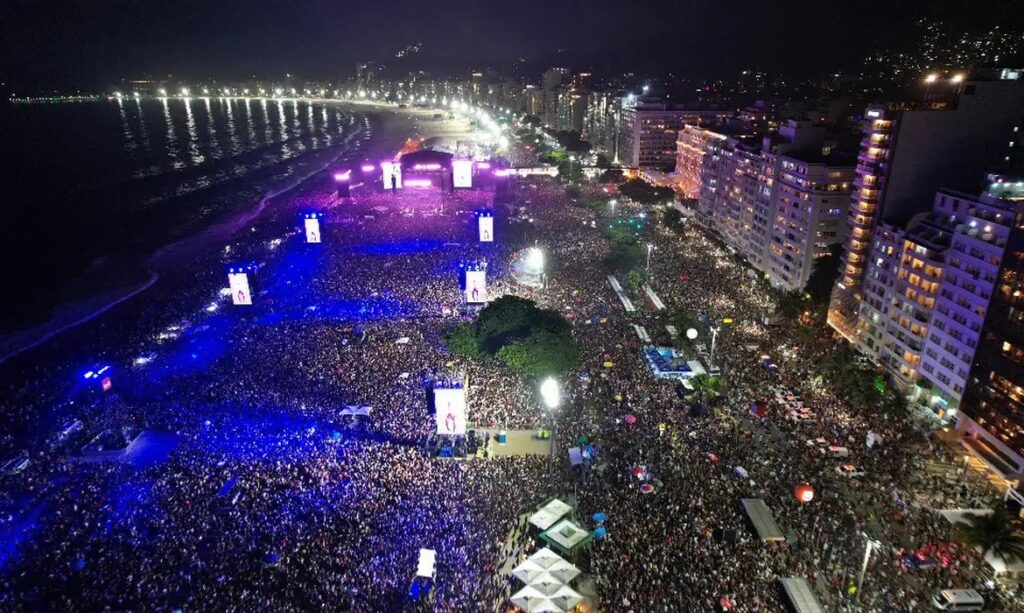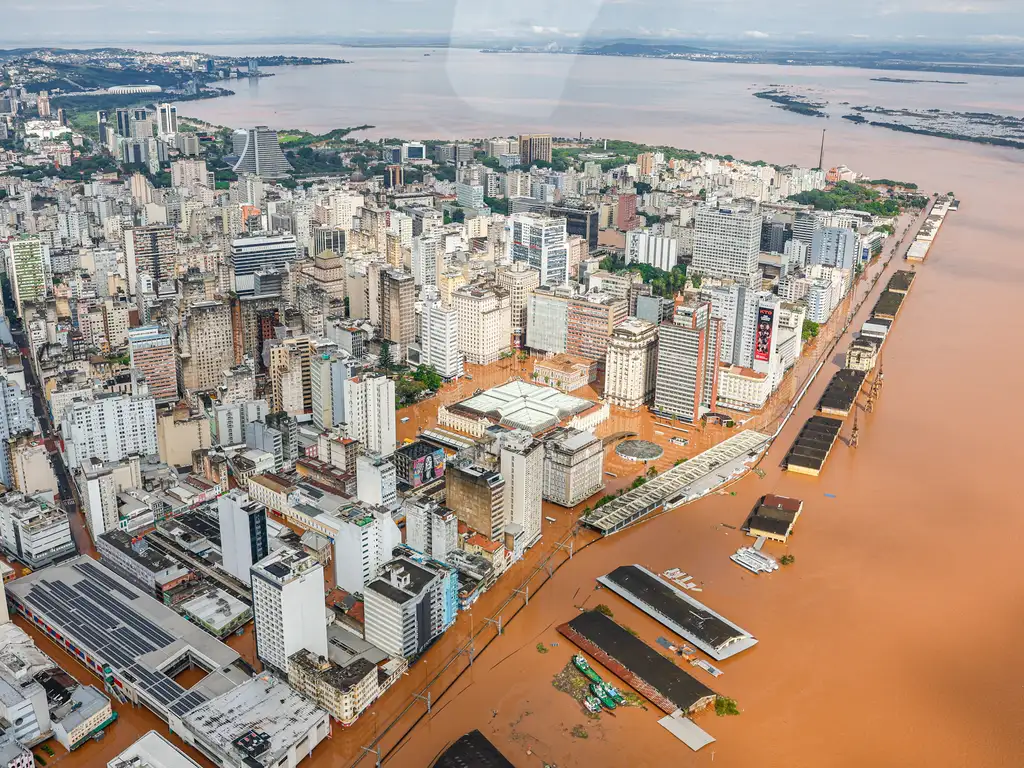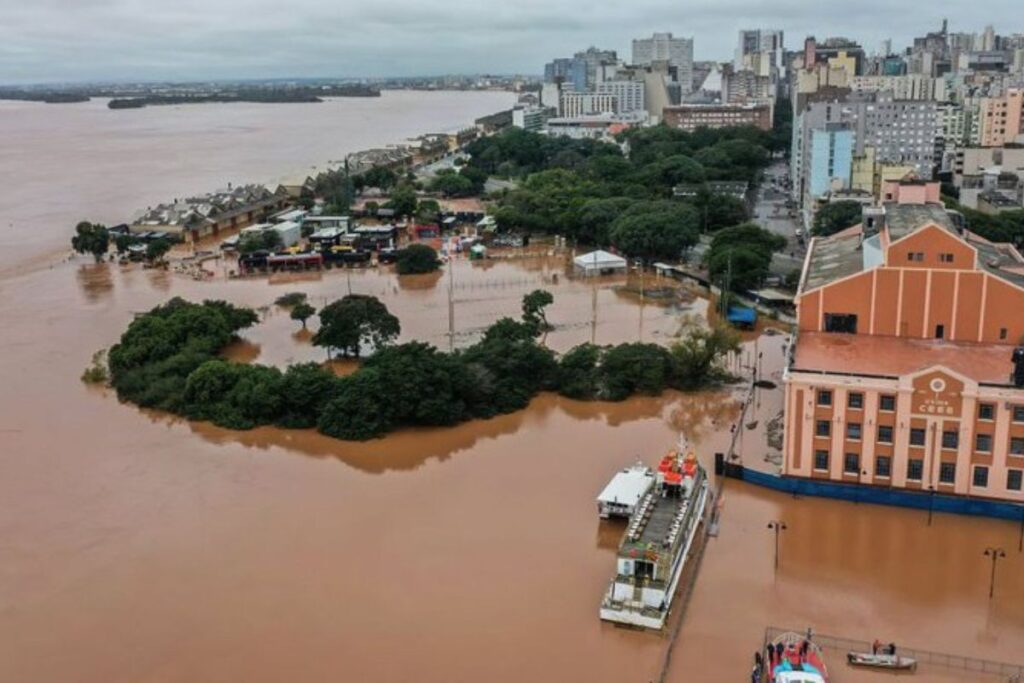São Paulo, Brazil – Between 2019 and 2021, more than 200,000 people disappeared in Brazil, which represents an average of 183 people going missing per day. Most of the cases (30%) are teenagers between 12 and 17 years old.
The new figures are part of a study conducted by the Brazilian Public Security Forum, an NGO that gathers data on crime in the country.
According to researcher Talita Nascimento, the Forum gathered information from police reports across the country and interviewed police officers to find out how investigations of missing persons are carried out. She said that the numbers are worrying, as the disappearance of people is not usually a priority in police stations.
“Disappearance is not a crime in Brazil and it is very complicated to investigate. Often, the police leave it up to the families. There is a lot of blame on the family, which ends up mobilizing the most to find the missing person,” she told Brazil Reports.
The study revealed, according to Nascimento, that disappearances are usually prioritized when they involve children, even if the disappearance of this sector of the population represents less than 3% of the data. In addition, there is priority in cases of the elderly and people with mental disorders. But when it involves teenagers, she pointed out negligence in the investigations.
“Especially if it is a boy, there is a belief that that young man has run away or is being rebellious and the investigation does not advance as it should,” said the researcher. “We also identified a difference in the average reporting time of missing between men and women: the average for men is eight days, while for women it is six days.”
Still, according to the study, 62% of the disappeared in Brazil are men and 54% are black people. Teenagers aged 12 to 17, with 30% of cases, represent 84 missing per 100,000, a number almost three times higher than the national rate, which is 29 disappearances per 100,000 people.
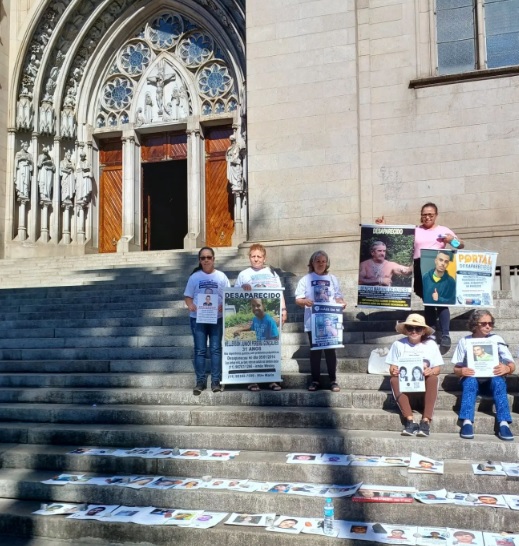
What are the causes?
According to Nascimento, it is difficult to pinpoint the causes for so many disappearances in Brazil. She said the country lacks detailed information on why the person disappeared – for example, whether the person ran away on their own or was the victim of a crime, such as human trafficking, sexual exploitation or homicide.
Because of a lack of detailed data being collected, it’s hard for authorities to truly understand the different types of cases of missing persons. “Since disappearance is not a crime and the law does not specify the types of missing, the information is given by the police officer who fills out the police report. It is necessary to have more criteria and standardization in the records so that a pattern of disappearances and their causes can be identified,” Nascimento explained.
For the researcher, in addition to more detailed criteria for recording disappearances by the police, it is important to create a unified database that integrates the states with information on all people who disappear in the country. Currently, there is little exchange of information between state systems, which makes investigation difficult in a country the size of Brazil.
Precisely because of the absence of a national register, the Forum believes that the number of missing persons in Brazil may be even higher than that identified in the study.
“A law passed in 2019 provides for the creation of a unified register of missing persons. But so far, this law has not been implemented. It is a good law and represents a step forward, but it needs to be more than just a law on paper. Meanwhile, we depend on the individual work and goodwill of the police,” she said.
Mentioned by Nascimento, the Law on the National Policy for Searching for Missing Persons was approved four years ago, but has not been applied. According to the Forum, between 2019 and 2022, the federal government did not allocate resources to create the national bank for missing persons. So far, the Ministry of Justice has not commented on the study, nor on the creation of the registry.

A long wait
Without public policies and a national registry, and armed with merely hope that the police will investigate a case, many parents end up on a long search for their missing children alone. This is the case of Ivanise Esperidião da Silva, who founded the Mães da Sé (Mothers of the See), an NGO that helps families of missing members, after her 13-year-old daughter disappeared a few meters from her home in São Paulo in 1995.
“We deal with pain and a lonely wait. I speak with the experience of a mother who has been looking for an answer to what happened to my daughter for 27 years. There are more than 12,000 mothers who have been part of the Mães da Sé throughout my life and they all have the same feeling of neglect, abandonment and invisibility,” she told TV Brasil.
For Silva, the disappearance of people should be treated as a public security problem in Brazil: “But it is not. Our children are just part of a statistic and they are just a number. And so we are living at the mercy of our own luck because, until today, we do not have public policies aimed at the cause of disappearance.”


